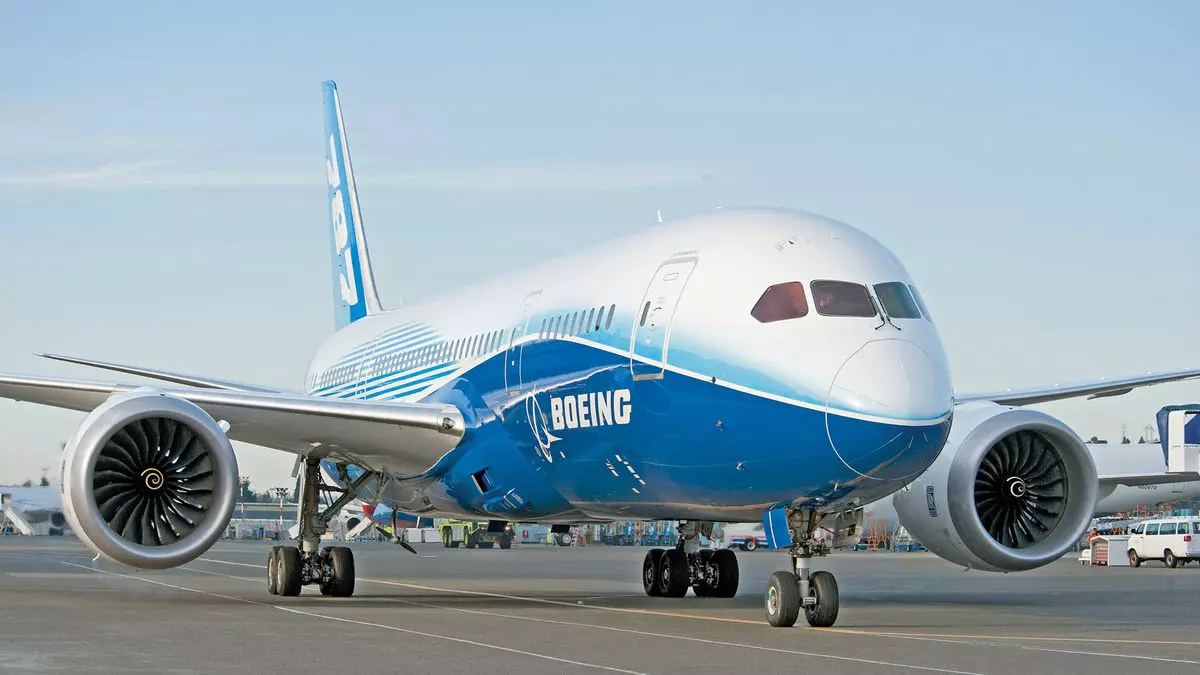Boeing has recently faced safety concerns with its 787 Dreamliners after incidents of cockpit seats unexpectedly moving forward. This issue has led to the autopilot system disconnecting, endangering the safety of passengers and crew onboard. The Federal Aviation Administration (FAA) has mandated inspections of both pilot seats on 787s to check for missing or cracked caps that cover a switch used to move the seats. This comes after a frightening incident involving a Chile-based Latam Airlines flight where the captain’s seat moved forward, causing the plane to dive around 400 feet before control was regained. The FAA’s safety order will impact 158 planes registered in the United States, highlighting the severity of the issue.
In response to the safety concerns regarding cockpit seats on Boeing 787 Dreamliners, the company recommended that airlines inspect the seats for loose caps on switches and provided guidance on how to disable power to the motorized seats. This swift action by Boeing shows an acknowledgment of the issue and a commitment to addressing it promptly. However, the fact that there have been several reports of cockpit seats moving unintentionally, even after Boeing’s recommendations, raises questions about the effectiveness of the initial response to the problem. It is imperative for Boeing to prioritize the safety of passengers and crew by ensuring that all necessary measures are taken to prevent such incidents from occurring in the future.
Apart from the safety concerns related to the 787 Dreamliners, Boeing also faced setbacks with its new version of the 777 jetliner. Test flights of the new model had to be halted after the discovery of a damaged structural part between the engine and the rest of the plane. This structural issue on the 777-9, which features folding wingtips for increased flexibility at airport gates, poses serious risks to the aircraft’s operation. The fact that cracks were found on a component called a thrust link raises questions about the thoroughness of Boeing’s quality control processes. The company stated that the component is new to the 777-9 and not used on existing 777s or other planes, indicating a potential design flaw in the latest model.
Boeing has emphasized its commitment to safety by promptly addressing the issues with both the 787 Dreamliners and the 777-9 jetliner. The company’s willingness to conduct inspections, make recommendations to airlines, and provide updates to regulatory authorities demonstrates a proactive approach to ensuring the safety of its aircraft. However, the recurrence of safety concerns, such as cockpit seats moving unexpectedly and structural damage on the 777-9, indicates underlying issues that need to be addressed comprehensively. Boeing must invest in rigorous testing and quality assurance procedures to prevent such incidents in the future and uphold its reputation as a leading aircraft manufacturer.
The safety concerns surrounding Boeing’s aircraft, particularly the 787 Dreamliners and the 777-9 jetliner, highlight the critical importance of proactive safety measures in the aviation industry. It is essential for Boeing to prioritize safety above all else and take decisive actions to address any potential risks to passengers, crew, and the aircraft itself. By implementing robust safety protocols, conducting thorough inspections, and adhering to regulatory requirements, Boeing can ensure the continued airworthiness of its aircraft and maintain the trust of the flying public.


Napsat komentář